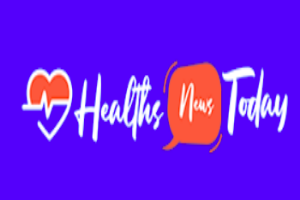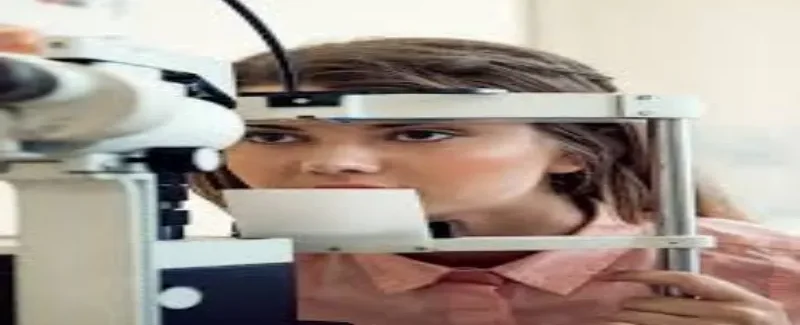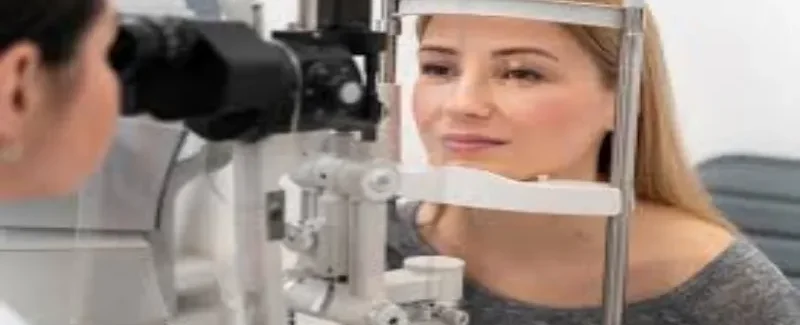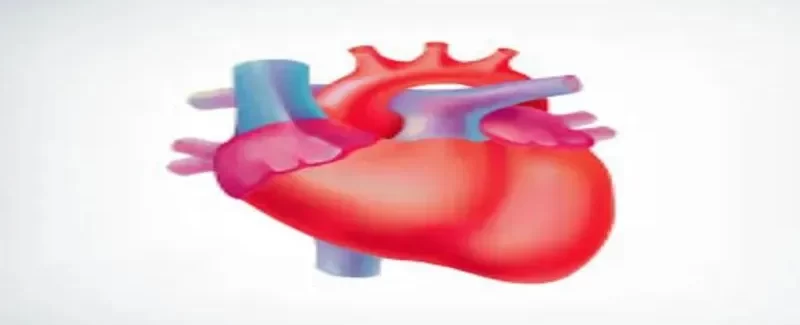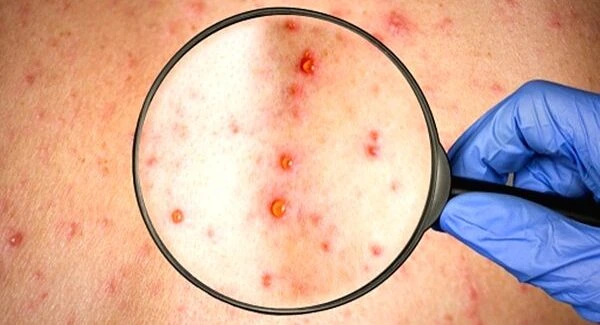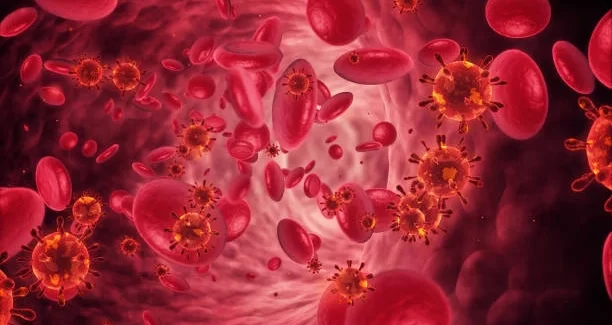Basic First Aid Tips Everyone Needs to Know

Posted Date: March 20th, 2024
Importance of Knowing Basic First Aid
Understanding the importance of knowing basic first aid can be described in several ways:
1. Life-Saving Skills:
Basic first aid knowledge equips individuals with the skills to respond promptly to medical emergencies, potentially saving lives in critical situations.
2. Immediate Assistance:
Knowing basic first aid enables individuals to provide immediate assistance to those injured or in distress before professional medical help arrives, which can prevent the worsening of injuries or conditions.
3. Reducing Severity of Injuries:
Prompt application of basic first aid techniques can help minimize the severity of injuries and alleviate pain, promoting faster recovery and reducing the risk of complications.
4. Preventing Further Harm:
Properly administering basic first aid can prevent further harm or complications from occurring, such as stopping bleeding, immobilizing fractures, or clearing airways to ensure proper breathing.
5. Boosting Confidence:
Having knowledge of basic first aid instills confidence in individuals to take action in emergency situations, empowering them to remain calm and composed while providing assistance.
6. Promoting Safety Awareness:
Learning basic first aid fosters a culture of safety awareness, encouraging individuals to recognize potential hazards and take preventive measures to avoid accidents and injuries.
7. Community Resilience:
Communities with widespread knowledge of basic first aid are more resilient in times of crisis or disaster, as more people are capable of providing immediate assistance and support to those in need.
Overall, knowing basic first aid is not only beneficial for individual preparedness but also plays a crucial role in building safer and more resilient communities.
In This Article
- Importance of Knowing Basic First Aid/a>
- Life-Saving Skills
- Preventing Further Harm
- Common Basic First Aid Techniques
- CPR (Cardiopulmonary Resuscitation)
- Control Bleeding
- Splinting
- What are the essential things to keep in first aid?
- Antiseptic Wipes or Solution
- Instant Cold Compress
- Burn Gel or Dressing
- Conclusion
Common Basic First Aid Techniques
Common basic first aid techniques encompass a variety of procedures aimed at providing immediate assistance to individuals in medical emergencies. Some of these techniques include:
1. CPR (Cardiopulmonary Resuscitation):
CPR involves chest compressions and rescue breaths to maintain blood circulation and oxygenation in individuals experiencing cardiac arrest or cessation of breathing.
2. Heimlich Maneuver:
Used to dislodge obstructions from the airway, particularly in cases of choking. This technique involves applying abdominal thrusts to force air from the lungs to expel the obstruction.
3. Control Bleeding:
Applying direct pressure to wounds using sterile dressings or cloth to control bleeding. Elevating the injured limb above the heart, if possible, to reduce blood flow to the wound. Applying pressure to pressure points to help slow bleeding from wounds.
4. Treating Burns:
Cooling the burn with cool running water for several minutes. Covering the burn with a clean, non-adhesive dressing or cling film to protect it from infection. Refraining from applying creams, ointments, or home remedies to the burn.
5. Splinting:
Immobilizing suspected fractures or sprains using improvised splints (such as boards, sticks, or rolled-up magazines) and bandages to prevent further injury and reduce movement.
6. Managing Shock:
Laying the individual flat, raising their legs slightly (unless there are suspected spinal injuries), and covering them with a blanket to maintain body warmth and circulation. Reassuring the individual and monitoring their vital signs until professional medical help arrives.
7. Administering Medications:
Administering over-the-counter medications such as aspirin for suspected heart attacks, or antihistamines for allergic reactions, if the individual is responsive and able to swallow.
8. Basic Wound Care:
Cleaning minor wounds with soap and water, and applying antiseptic solutions or ointments to prevent infection. Covering the wound with a sterile dressing or adhesive bandage to protect it from further contamination.
These are just a few examples of common basic first aid techniques. It’s important to note that proper training and certification in first aid are recommended to ensure the correct application of these techniques in emergency situations.
What are the essential things to keep in first aid?
First aid kits are essential in providing immediate care during emergencies. Here are the key essentials commonly found in a well-equipped first aid kit:
1. Adhesive Bandages::
Various sizes and shapes to cover minor cuts, scrapes, and blisters.
2. Sterile Gauze Pads and Adhesive Tape:
Used for larger wounds and to secure dressings in place.
3. Antiseptic Wipes or Solution:
For cleaning and disinfecting wounds to prevent infection.
Antibiotic Ointment:
Applied to minor cuts and abrasions to aid healing and prevent infection.
5. Scissors and Tweezers:
For cutting medical tape, clothing, and removing splinters or debris from wounds.
6. Latex-Free Gloves:
To protect both the rescuer and the victim from bodily fluids and cross-contamination.
7. Instant Cold Compress:
Provides relief for minor sprains, strains, and bruises by reducing swelling and inflammation.
8. Triangular Bandage:
Versatile for creating slings, securing splints, or as a pressure dressing for large wounds.
9. CPR Mask or Face Shield:
Provides a barrier between the rescuer and the victim during CPR, reducing the risk of infection transmission.
10. Emergency Blanket:
Helps retain body heat and prevent hypothermia in case of exposure to cold temperatures.
11. Sterile Eyewash Solution or Eye Cups:
Used to rinse out foreign objects or chemicals from the eyes.
12. Burn Gel or Dressing:
Provides immediate relief for minor burns and helps prevent further damage.
13. First Aid Manual or Instruction Booklet:
Offers guidance on how to administer first aid for various injuries and medical emergencies.
14. Personal Medications:
Any necessary prescription medications for individuals with known medical conditions.
15. Emergency Contact Information:
Including contact numbers for local emergency services, healthcare providers, and family members.
It’s important to periodically check and restock your first aid kit to ensure that supplies are up-to-date and not expired. Additionally, customize your kit based on specific needs, such as outdoor activities, travel, or the presence of individuals with allergies or chronic medical conditions.
Conclusion:
Basic first aid knowledge is important for everyone. It is empowers individuals to respond effectively and confidently in emergency situations. By understanding fundamental techniques such as CPR, controlling bleeding and treating burns individuals can provide immediate assistance to those in need potentially saving lives and preventing further harm. Additionally maintaining a well-stocked first aid kit and considering formal first aid training further enhances preparedness and the ability to respond appropriately to medical emergencies.
Related Posts
Dr. Emily Carter is a seasoned health writer and wellness advocate at Healths News Today. With over a decade of experience in the healthcare industry, she specializes in translating complex medical information into easy-to-understand content that empowers readers to make informed decisions about their health.
